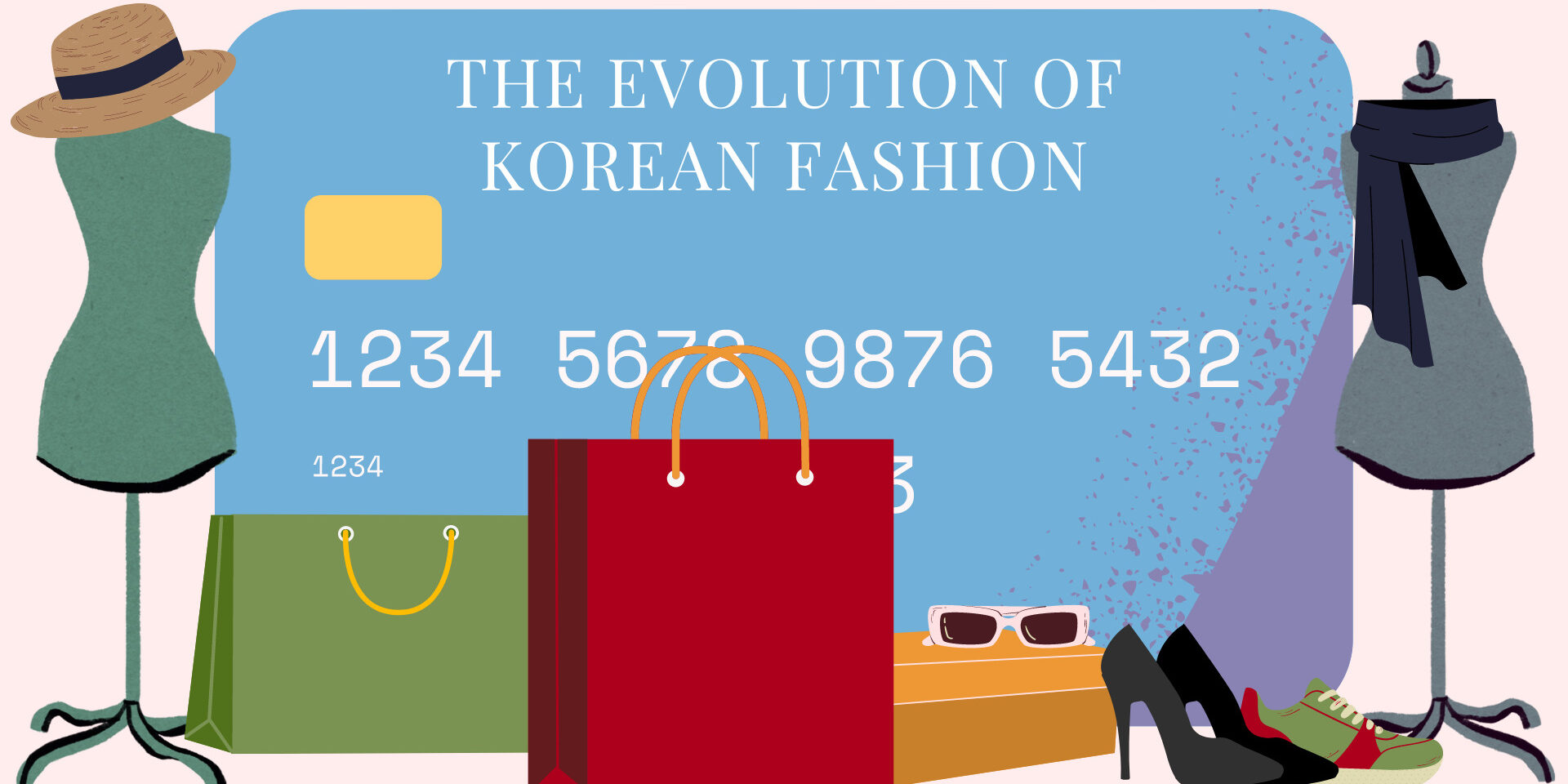Are you a fashion lover? If so, you’re probably obsessed with Korean fashion! We all know the Korean wave is impacting the whole world’s cultural habits and also its fashion trends, but how did Kfashion become so internationally loved? When did Koreans start developing their amazingly unique fashion sense? Let’s analyse the evolution of Korean fashion!
The Hanbok
We have published multiple articles on our blog about the Korean Hanbok. As you know, the Hanbok’s general shape has remained the same for almost 5 000 years. However, they sometimes could be white and simple, sometimes colorful with complex embroidery and textile layering. Hanboks have helped Koreans deal with the intense winter weather the country carries every single year. The Hanbok is composed of a blouse called a jeongi and a skirt or pants depending on the wearer’s gender. This outfit has become a true symbol of Korean culture. That’s the case for locals but also for foreigners who often get to see them in historical kdramas. Koreans still wear the Hanbok to this day on certain occasions.
Western influences
The late 19th century and beginning to the 20th century were a moment of transition between traditional Korean clothing and the adoption of Western fashion elements through the Japanese. Indeed, during this period, Japan held a political influence on Korea. That went through a military treaty and then a repressive occupation of the territory. At this time, Japan’s fashion trends were already heavily influenced by Western ones since the arrival of Americans on the territory in 1868. The occupation then forced what is often called modernisation upon Koreans. Koreans then started wearing suits, western-style dresses and hairstyles.
This progressive change towards a westernised way of living is also visible in Korean lifestyle. More jobs were given to women for instance. During this era and all throughout the two World wars, South Koreans still wore hanboks but to a smaller extent.
The occupation of the American military forces in South Korea since the liberation of the country and the defeat of Japan by the Allies has reinforced the fashion influences and officially marked the start of the Korean fashion industry as a whole with the opening of big markets dedicated to clothes and makeup. The following decades marked the arrival of miniskirts and fashion subcultures pushed by the will to break norms in a context of political conservatism.
The rise of Kfashion
Since the 1980’s, what has made Korean fashion particularly special is its mix of cultural influences. While being in South Korea, I’ve noticed a gap between what foreigners think Koreans wear on a daily basis versus what they actually tend to wear. Kpop in particular gives the impression to some that colorful and complex clothes as well as hair were a norm here when it is actually quite the contrary. Kpop aesthetics are widely restrained to Kpop as a vast majority of Koreans wear more neutral colours and casual wear.
However, this doesn’t mean Korean fashion is of no interest. Indeed, walking through the streets of Hongdae or Gangnam is a great way to notice the particularities of fashion trends here. You’ll find clothes and cuts that aren’t as popular in other parts of the world. In other countries, people view Korean fashion as a unique thing, and a lot of foreigners who come to South Korea shop for new clothes. Kpop and Kdrama serve as a window to show the world what South Korea has to offer fashion-wise. Seoul is on the road to be on the same page as Paris or Rome. It even holds its own fashion week since the 2000s, with famous designers taking the role of Korean fashion ambassadors.
Thank you for reading and see you next time! –Selen
Sources
Clothing and Fashion – Korea.net
Evolution of South Korean Fashion and Makeup culture – Asiahousearts.org




